Problano Pepper: The Mild, Flavorful Gem of the Spice World
In the grand theater of spices, where cayennes scream and ghost peppers dare you to blink, there’s one pepper that quietly charms its way into hearts and kitchens — the Problano pepper. If you’re a spice lover who appreciates flavor without face-melting heat, this might just be your new favorite ingredient. Let's dive into the world of Problano peppers with some fun facts, useful tips, and a dash of culinary flair.
Table of Contents
- What is a Problano Pepper?
- How Hot is a Problano Pepper?
- Creative Uses in Cooking
- Pro Tips for Cooking with Problanos
- Storage & Preservation Secrets
- Problano vs. Other Peppers: A Heat & Flavor Showdown
- Final Thoughts on This Mild Wonder
What is a Problano Pepper?
The Problano pepper is often confused with its more famous cousin — the poblano pepper. But don't be fooled by the name! This fictional spicy hero is actually inspired by real-life mild chilies like the poblano or Anaheim pepper. It's imagined here as a hybrid chili that brings together the best of both worlds: bold flavor and gentle heat.
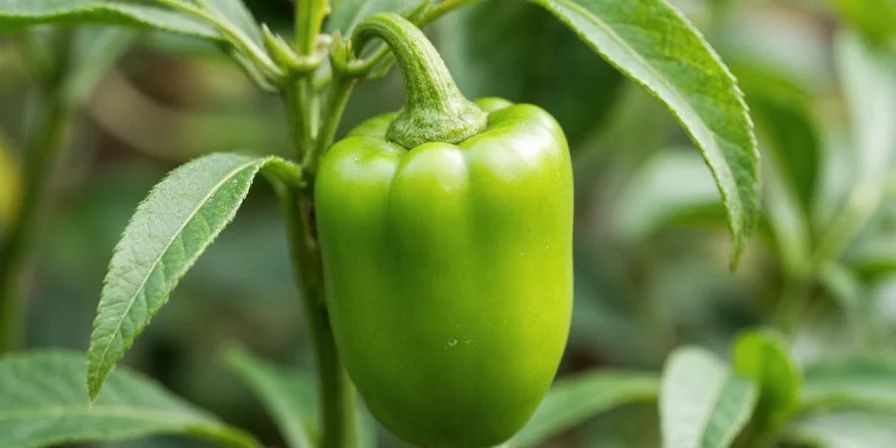
How Hot is a Problano Pepper?
If spiciness were a schoolyard game, the Problano pepper would be the kid who always plays nice but still gets things done. With a Scoville rating estimated around 500–1,000 SHU (Scoville Heat Units), it falls squarely in the mild to moderate category. That makes it perfect for folks who want to explore the world of spice without setting their tongues on fire.
Heat Comparison Table
| Pepper | Scoville Heat Units (SHU) | Flavor Profile | Best Use |
|---|---|---|---|
| Problano Pepper | 500–1,000 | Earthy, slightly smoky, grassy notes | Rellenos, salsas, soups |
| Poblano Pepper | 1,000–2,000 | Rich, earthy, smoky | Chiles Rellenos, sauces |
| Jalapeño | 2,500–8,000 | Grassy, bright, tangy | Salsas, nachos, pickling |
| Hatch Green Chile | Varies (1,000–10,000) | Smoky, sweet, robust | Enchiladas, stews |
| Ghost Pepper | >1,000,000 | Burns everything | Dare challenges, hot sauce for masochists |
Creative Uses in Cooking
The Problano pepper isn’t just about flavor; it’s about versatility. Here are five clever ways to let this mild marvel shine:
- Stuffed & Baked: Cut off the top, remove seeds, stuff with cheese or ground meat, then bake until tender. Serve with a dollop of sour cream to balance the heat.
- Blended Into Sauces: Roast, peel, and blend with tomatoes, garlic, and cilantro for a smooth green sauce that pairs well with tacos or enchiladas.
- Chopped Fresh: Add finely diced raw Problano to salads or avocado toast for a refreshing kick.
- Infused Oils: Slice thinly and steep in olive oil with garlic and herbs to create a subtly spicy base for dressings or drizzling over roasted vegetables.
- Problano Poppers: Stuff with goat cheese, wrap in bacon, and bake until crispy. Perfect party food with just enough spice to keep guests talking.
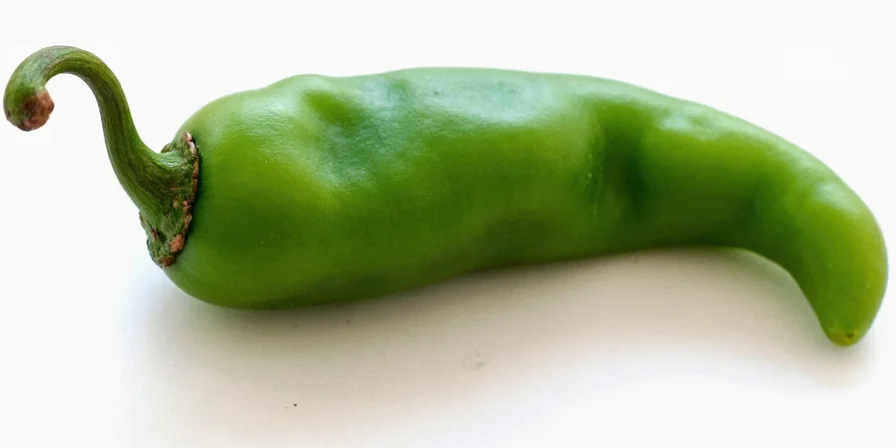
Pro Tips for Cooking with Problanos
Cooking with Problano peppers can elevate your dishes, but here are some expert-level tricks to make the most of them:
- Roast Before Use: Roasting enhances the natural sweetness and imparts a rich, smoky depth. Just char under the broiler or on an open flame until blistered, then peel and use.
- Control the Heat: Want it milder? Remove the ribs and seeds. For extra zing, leave them in or even add a dash of powdered cayenne.
- Pair Wisely: Complement the Problano’s subtle heat with dairy (like crema or queso fresco), citrus (lime juice), or sweet elements (corn, mango).
- Don’t Overcook: These peppers can get mushy if cooked too long. Toss them into dishes near the end for optimal texture.
- Add Color: Roasted red or orange Problanos bring visual flair to dishes — great for plating at dinner parties or fancy Instagram shots.
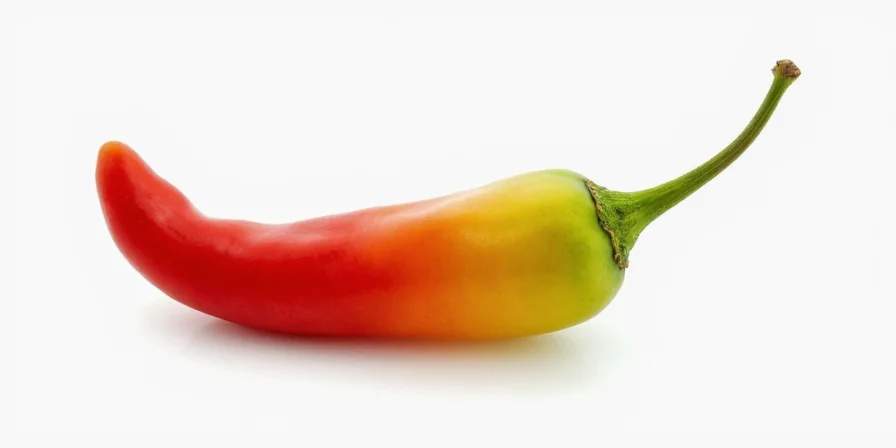
Storage & Preservation Secrets
Want to stock up without waste? Here’s how to store Problano peppers for later use:
- Fridge: Store unwashed peppers in a paper bag inside the crisper drawer. They’ll last up to two weeks.
- Freeze: Roast and peel them first, then freeze in airtight bags. No need to thaw before cooking — just toss directly from the freezer.
- Dry: Thread whole dried Problanos into ristras (decorative strings) or grind them into a powder for seasoning blends.
- Pickling: Pickled Problanos make a tangy topping for sandwiches, burgers, or tacos. Just slice and simmer in vinegar, salt, garlic, and peppercorns.
- Canning: Make your own canned green chile using roasted Problano peppers. Pressure canning is safe and lets you enjoy them year-round.
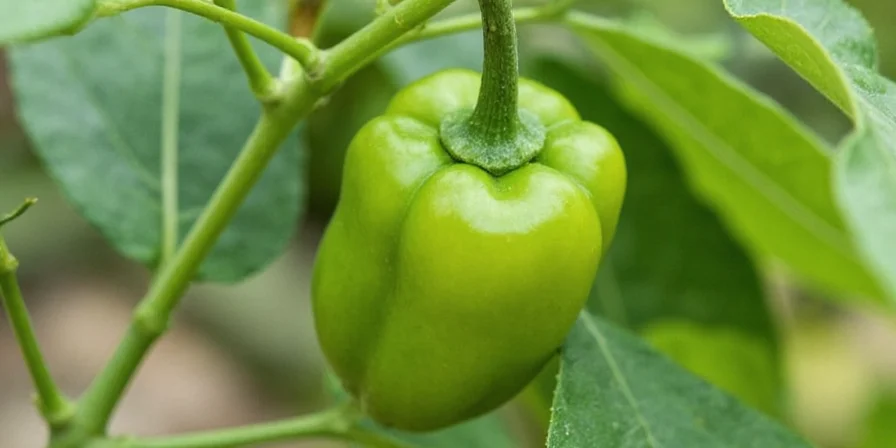
Problano vs. Other Peppers: A Heat & Flavor Showdown
Wondering how Problano stacks up against other peppers? Let’s compare key characteristics to help you decide which one to use in your next dish.
Comparison Chart
| Feature | Problano | Poblano | Jalapeño | Hatch Chile |
|---|---|---|---|---|
| Heat Level | Mild | Moderate | Moderate-Hot | Moderate |
| Flavor | Grassy, earthy, slight smoke | Deep, rich, smoky | Tangy, vegetal | Sweet, smoky, complex |
| Color | Green, sometimes red when mature | Dark green, turns red when dried | Bright green to red | Vibrant green to red |
| Common Use | Stuffed, sauces, salsas | Chiles rellenos, moles | Salsas, nachos, pickling | Enchiladas, stews, posole |
| Texture | Thick skin, tender flesh | Thicker skin, meaty texture | Crisp, firm | Meaty, dense |
Final Thoughts on This Mild Wonder
The Problano pepper may not be the loudest voice in the spice cabinet, but it’s definitely one of the most versatile and flavorful. Whether you're making a creamy stuffed pepper, a vibrant salsa, or a comforting soup, the Problano offers a balanced heat and deep flavor that appeals to both spice enthusiasts and casual cooks alike.
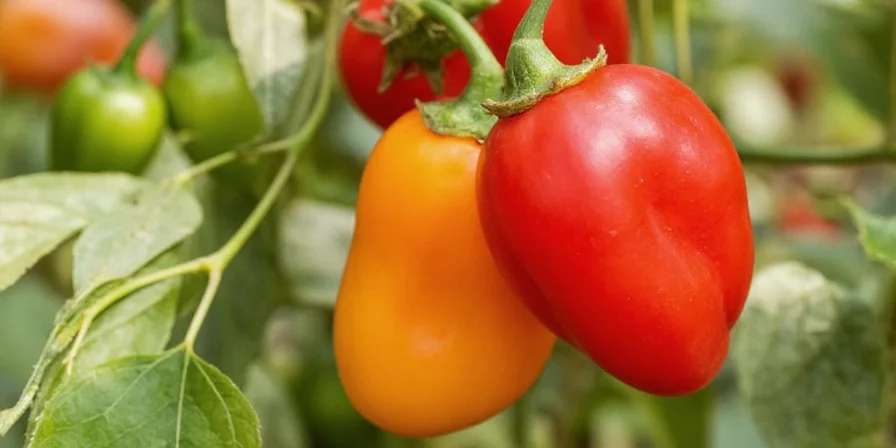
So next time you're reaching for something a little spicy but not overwhelming, give the Problano a try. You might just find your new go-to chili!

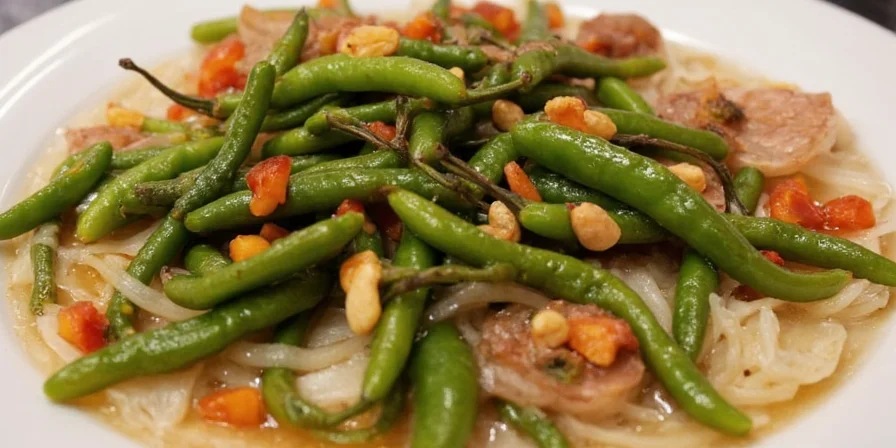









 浙公网安备
33010002000092号
浙公网安备
33010002000092号 浙B2-20120091-4
浙B2-20120091-4